Welcome to The Warble, my new blog where I sing about writing (and maybe some other things, too.) Technically, I suppose I will be writing about writing, but singing and writing are so inextricably tangled up in my brain, I can’t tell them apart anymore. Long years of doing way too much of both has left my neurons hopelessly confused. I tell stories when I sing; I make music when I write. If there remains a line between the two, it is only that cold and flu season hurts my writing less.
The musical influences in my writing are subtle. I do occasionally use musical metaphors or reference specific pieces, but only occasionally. Like every writer, I want to choose exactly the right words to capture what I mean, but to me, the sounds of the words are every bit as important as the definitions. People tend to think of reading as a visual act: we see the words on the page and then “picture” what is happening in the story. But did you know there is really no such thing as silent reading? We all make subtle vocal movements when our eyes move across a page. Only after we subconsciously speak and listen to the words can they inspire pictures in our minds.
When people talk about “beautiful” writing, they usually mean two things: that the words evoke beautiful ideas, but also that they are strung to together in a way that is pleasing to our ears. Meter, rhythm, and cadence are not the tools of composers and poets alone. Scenes must keep a tempo; we all know what it is to complain about a story that “drags on.” Dialogue has a rhythm; real people do not give monologues, but play a tennis match with words. The aural elements of writing are as fundamental to my work as the development of character, plot, and all the rest. I am perhaps a little too fond of consonance, assonance, and lists that come in threes. If my punctuation is sometimes too creative, it is because a period signals a longer rest than a semicolon, and the silences in music are always as important as the sounds.
I do most of this lyrical work intuitively. Every now and then, I will search for a word with a certain number of syllables to complete a line, but usually I create meter without counting it. What decades of musical training have not embedded in my ear, numbers are unlikely to supply. But I do not rely solely on my own instincts to sing my way through a story; I usually enlist the help of better musicians, whose work echoes through my office while I write. The trick is to find a single album or work that suits the tone of my story, and then let it repeat in the background while I work. In graduate school, I wrote screenplays to The Beatles and They Might Be Giants. Currently, I am working on a fairy tale, for which there is no better accompaniment than Tchaikovsky. It is true that music and writing are hopelessly intertwined inside my brain, but I have to admit, I tied them together on purpose. I am a better writer–and a better singer–for it.
I hope you will come back again to listen to me warble.
“If music be the food of love, play on, Give me excess of it; that surfeiting, The appetite may sicken, and so die.” – William Shakespeare
Karen Ullo is the author of Jennifer the Damned, coming on Halloween, 2015 from Wiseblood Books. For more information, please visit www.karenullo.com.


! . . .